Employee Handbook Templates
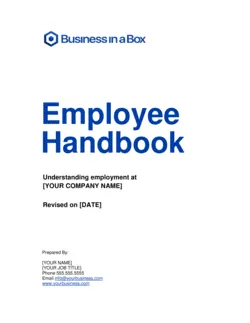
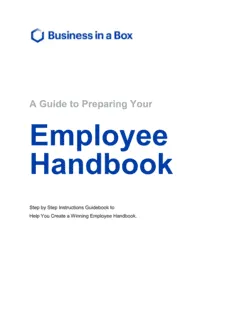
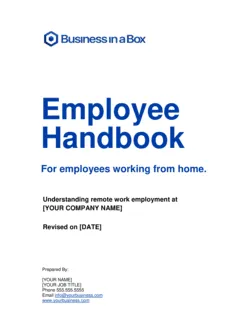
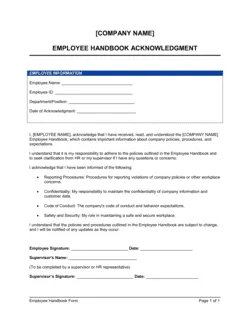

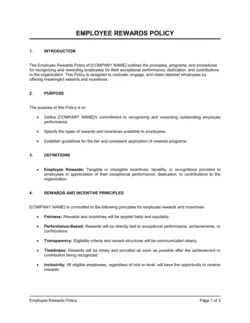
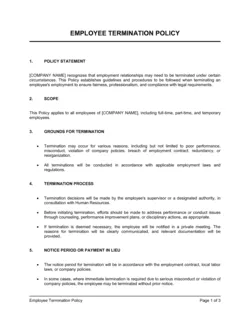

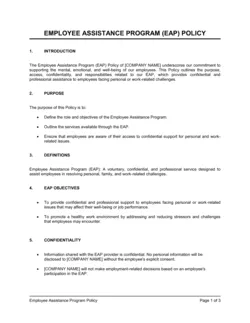

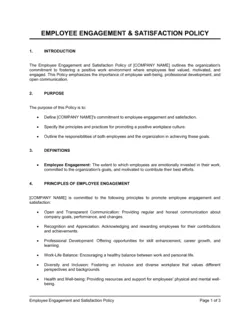

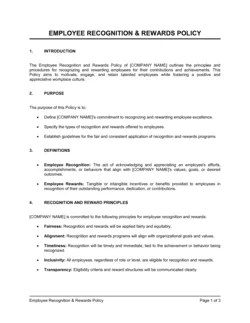
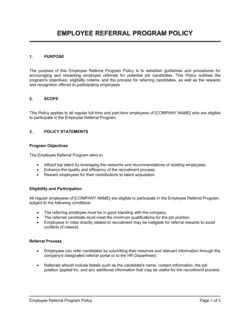

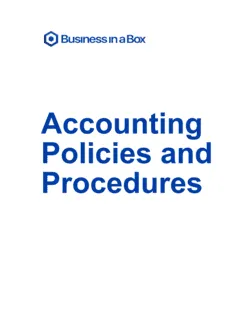
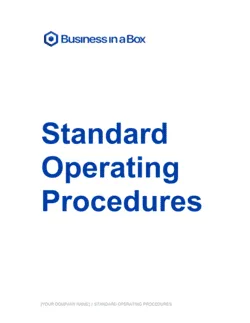
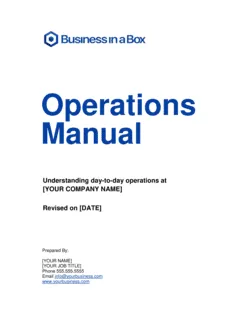
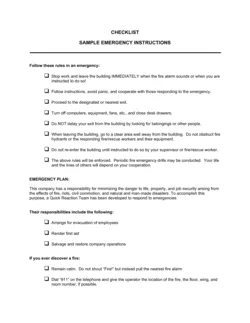
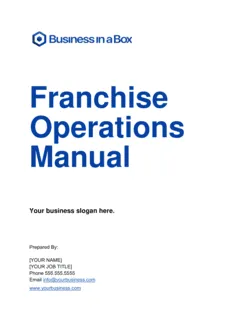
Employee Handbooks: A Comprehensive Guide
Download our employee handbooks to obtain professionally formatted employee manuals that outline company information, policies, procedures, guidelines, and benefits so your new hires can start off on the right foot.
What is an Employee Handbook?
The employee handbook is a fundamental and critical tool for any business. Not only is the handbook a useful reference for employees, but it is also an important document to circumvent legal trouble should something go awry. The employee handbook is one of the critical cornerstones of your business. It is a one-stop-shop for effectively handling issues that arise amongst your employees.
Effective Employee Handbook Examples
For an employee handbook to serve its purpose in the most effective manner, there are a few critical parts that need to be in place. These parts are separate sections that cover many of the potential issues that an employer must face to manage their employees in the best possible way. Below are employee handbook examples that outline these sections.
Company Values
This is typically the very first section in an employee handbook. It will be the first chance for the employee to learn more about the company from the perspective of its operators. It creates an opportunity to build excitement in the company and builds a relationship with your employees from day one.
There are a few essential subsections within this section, and these include:
- Company History
- The Mission Statement of the Company
- Company Culture
- Employee Conduct Guidelines
The next section provides the employee with a precedent of what is expected of them. This section will build on the previous section and use the values as a foundation for creating rules of expected conduct.
In this section, the employer is allowed to define what is and is not acceptable for their employees. This creates vital guidelines for your employees so that they understand their expectations. Additionally, it can become a safety net for the employer in the instance that an ethics violation occurs. If the violation results in legal action against the employer, it can offer protection because it was clearly defined that these actions were unacceptable.
Federally Mandated Policies for Employee Reference
The employee handbook is not just a tool to guide an employee on how they should act. It also works as a quick reference for employees on the policies of the company. Some of these policies are required by the U.S. Department of Labor. Others are programs and policies instituted by the employer that needs to be made available for quick reference by the employee. Below are a few examples of policies that should be covered in this section.
The EEOC and non-discrimination policy in your employee handbook should be defined clearly. This states that your company will not discriminate based on age, sex, religion, disability, race, children, sexual orientation, or genetic information. Most importantly, it states that there will be no retaliation for reporting such indecencies.
This federally mandated policy states that if your company has greater than twenty employees, and you offer health benefits, the employer must provide the option to continue the benefits regardless of termination, and cuts in the hours of the employee.
This is another federally mandated policy that states that employees are entitled to twelve workweeks of leave within twelve months if they have one of the following conditions:
Birth of a Child, or if they need to care for a newborn within its first year.
If the employee adopts a child or becomes the foster parent of a child, within the first year of this event.
If the employee has a spouse, child, or parent who has a severe medical ailment.
There is also a provision stating that an employer must supply twenty-six workweeks of leave in a 12-month period if the employee to care for a military service member if that member is the spouse, child, parent, or next of kin to the employee.
This policy was signed into law in 1990 and states that the employer must provide reasonable accommodations to employees with disabilities. It also states that the employer cannot discriminate against their employees based on a disability.
This is yet another federal law that establishes compensation practices for your employees. It covers items such as minimum wage, overtime, hours worked, recordkeeping, and protections for children under child labor laws.
This list is not a comprehensive example of all of the policies that should be made clear to your employees, but it does reveal some of the most important laws that an employer must follow. Putting these policies into the employee handbook will give your employees peace of mind and a sense of security about their workplace. It will also work to remedy any compliance issues for your business that could result in fines, penalties, or even jail time.
In addition to the numerous federal policies that are required to operate your business with employees, it is a great idea to have an additional section with policies specific to your business needs.
In the modern business world, your employees will inevitably work hand in hand with technologies to make their job possible. Guidelines should be established for these devices to ensure that they are not used in a manner that is inconsistent with company standards or values. It would be wise to define retaliation for breaking any of the rules in this section if a fireable offense has occurred.
Sensitive Information Policy
This policy is all about protecting the valuable intellectual property of your business. The employee will be interacting with confidential information, secret processes, and other data that is proprietary to your firm. Creating a non-disclosure policy can protect your company from employees with malicious intent.
Employment Compensation
This section of the employee handbook is sure to be one of particular interest for any employee. It will cover essential items relating to the employee's salary. There are a few things that should be defined for the employee in this section. Examples of these include:
Pay Period
This is the perfect spot to state the pay interval for your employees. Typical pay schedules are weekly, bi-weekly, or monthly.
Overtime
Overtime is generally defined in the United States as anything over 40 hours worked in one workweek. It also includes an increased pay rate.
This section should also include a provision that overtime is only available to non-salary employees and also should cover any special situations for overtime as required by local unions.
Timecards
Timekeeping is the unit of measure to determine how much work the employee has performed. This section should show acceptable methods for recording time, as well as what procedures should be followed in correcting any possible inaccuracies in a timecard.
Employee Benefits
This crucial section of your employee handbook defines the benefits that are available to your employees. This section is vital because, for most employers, the benefits package is the other half of the coin in securing the best candidates for the job. The benefits offered by any given employer will vary from company to company, but there are a few that are typical for most employment situations.
Health Insurance
Health insurance offered by the employer has become a hot button issue that plays a significant role in the decision of an employee to join an organization. This section is the perfect opportunity to define who qualifies for this benefit, how the premiums are paid, and what, if any, the employer's contribution to the insurance premium is.
Retirement
The retirement programs for your company should be outlined in this section. Retirement plans such as 401k and IRA's should be described here. Additionally, this is an excellent spot to define criteria and limits for any employee contribution match plans that may apply to your company.
Employment Leave and Vacation
Vacation and leave for the employee should be stated, so they know:
- When they accrue vacation days
- How many vacation days they can accrue
- Requirements for using their vacation days
- If their vacation time rolls over from one year to the next
- What types of leave they are entitled to
- Conditions that must be met to utilize their leave
Covering these topics here will potentially eliminate any confusion on the part of the employees in the future.
Holidays
Your business should define which of the national holidays your company observes. It is also a good idea to define if employees are paid for holidays and any additional compensation paid for holidays that are worked.
Special Leave Conditions
As your company starts to build its workforce with more and more employees, you will inevitably be forced to handle a situation regarding jury duty and military leave. Using this section to stipulate company guidelines about these two events before they happen is a great way to solve an issue before it becomes a problem. It will also give the human resources department a reference when making decisions based on these scenarios.
Employee Grievances
This last major section of your employee handbook will provide a means for your employees to handle any issues they may have. Stating acceptable methods for the handling of policy violations, general grievances, and other issues is a great way to let your employees know they have a voice. This will allow them to direct their attention to the proper channel so that the situation of interest is resolved most appropriately.
Signature Page
An essential part of the employee handbook is the signature page. This is what makes all of the sections mentioned above valid and protects your business from disputes. The signing of this page will prove that the employee was given a handbook with plainly stated guidelines. The signature should also be an acknowledgment that any issues or discrepancies they had with the manual's policies were addressed and taken care of according to their needs.
Employee Handbook Frequently Asked Questions
Now that you have an excellent reference for employee handbook examples, you may still be left with a few questions that are commonly asked regarding an employee handbook. Below you will find a few of these questions along with answers that should help clarify just how essential a manual is to your business.
Do I really need to develop an employee handbook?
This is a common question posed by businesses as they consider taking on additional help in the form of employees for their business. The short answer is yes. If you are going to manage your employees, an employee handbook is as critical to your business as its initial business plan.
What are the common problems found in employee handbooks?
Failure to include all of the applicable company policies that apply to your business, both federal and ones that apply to your specific business, can be detrimental to the success of your employee handbook.
Do employee handbooks provide protection against legal recourse?
An employee handbook that is built correctly, and includes all of the proper information, is an excellent tool in protecting your business from the myriad of potential legal issues that may arise from hiring employees.
Can I just build my own handbook from these employee handbook examples?
While these examples provide a great starting point to use as a reference for building your employee handbook, it is not a comprehensive or exhaustive list. Your absolute best bet is to use this guide in conjunction with a well built and proven template such as the ones provided by Business-in-a-box.
If you are ready to expand your business and grow, then the time is now to create your employee handbook. Using the employee handbook examples above and leveraging the drafting power of a thoughtfully developed template, nothing is stopping you from creating this powerful document.
If you want to harness the power of over 2,000 templates for your businesses' policies and procedures and view the full employee handbook template, sign up now.
Choosing to partner with the Business-in-a-Box toolkit to develop the documentation framework of your business is choosing a partner with the knowledge to build the rigid foundation your business requires.


